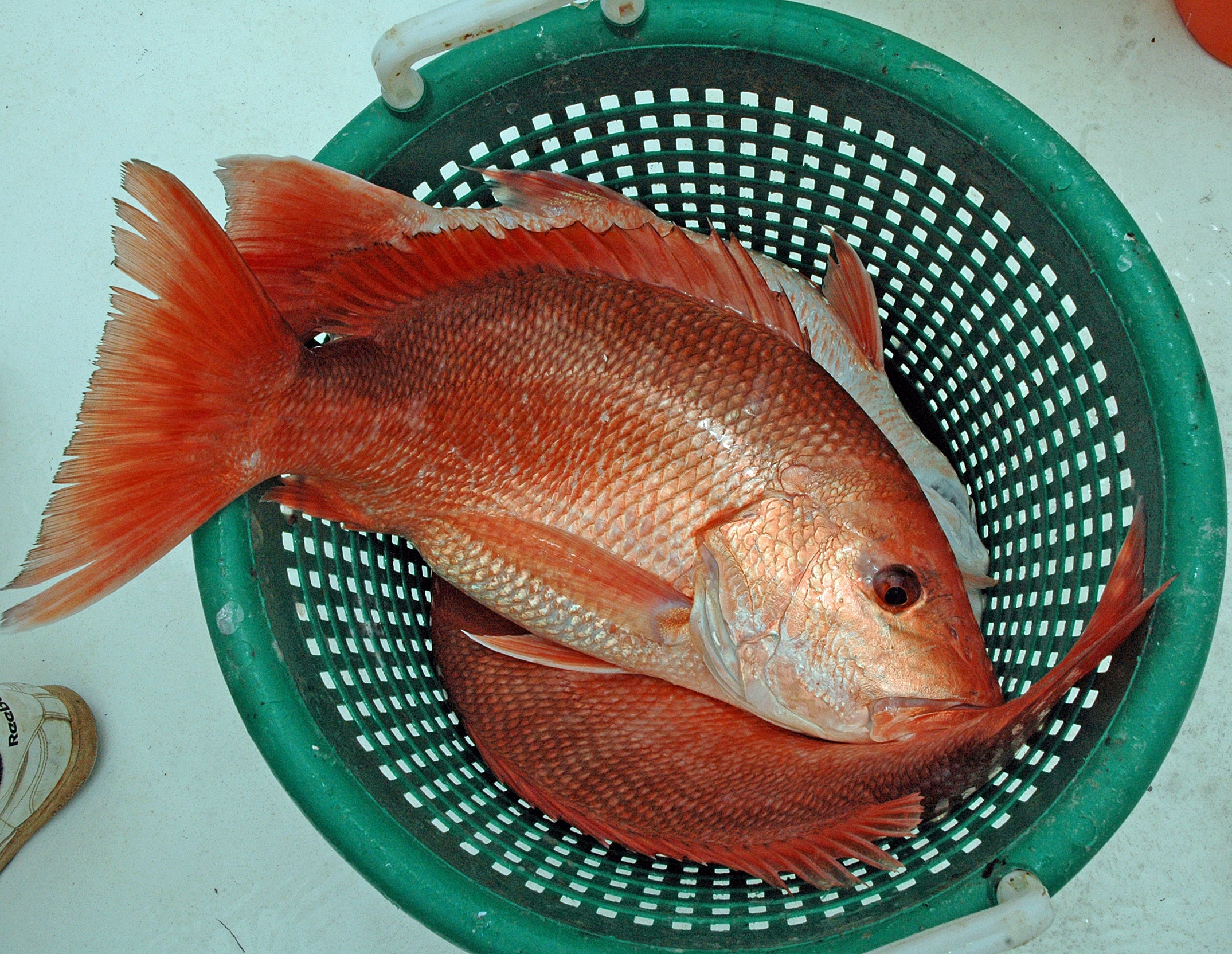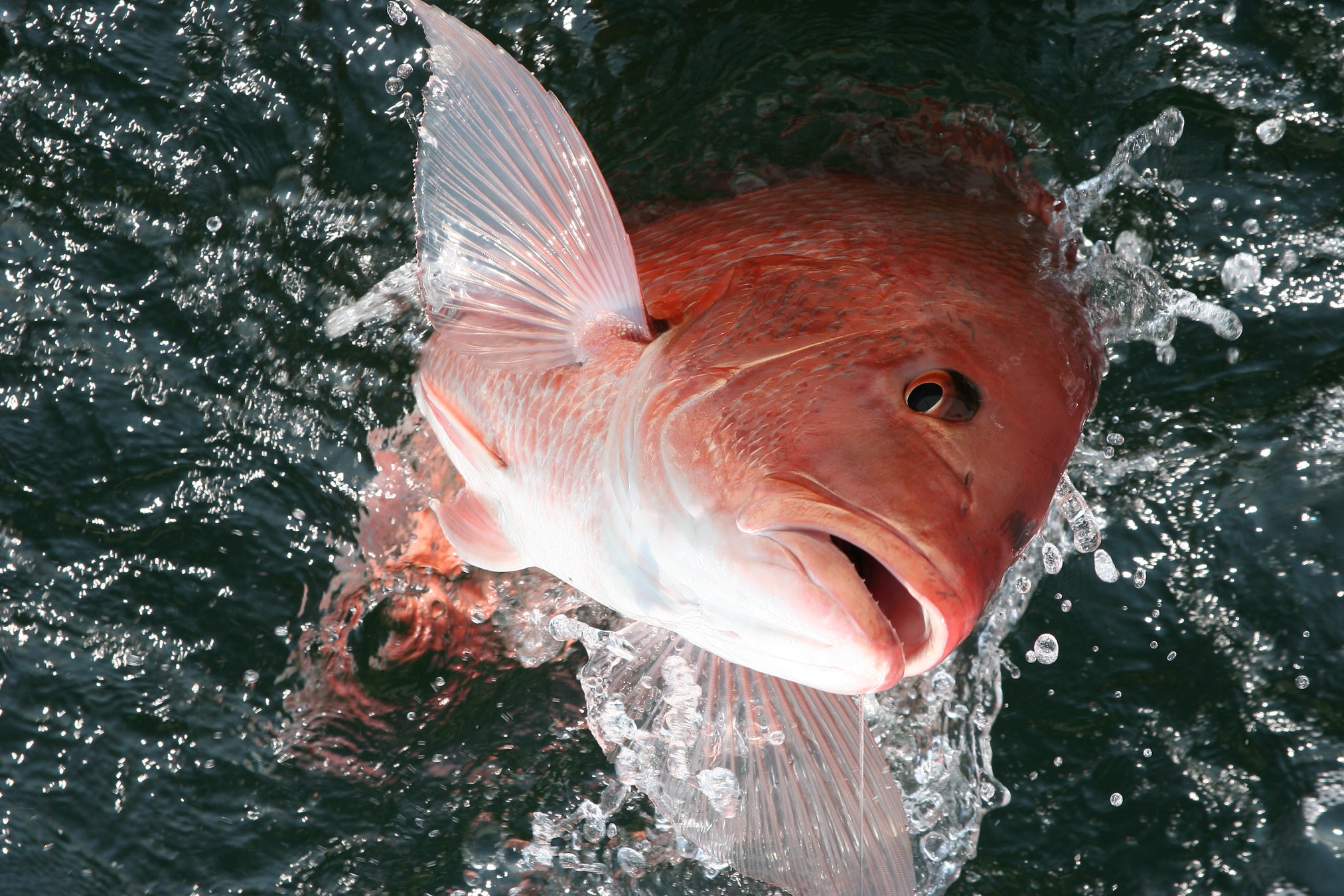By DAVID RAINER, Alabama Department of Conservation and Natural Resources
Alabama’s 2021 red snapper season for private recreational anglers will be different than in previous years. The season opens on May 28 with four-day weekends like last year’s season, but the closing date has not been set. The end of the season will be determined by catch data compiled through the Red Snapper Reporting System, better known as Snapper Check.
“What we’re doing different this year is we’re going to track the private recreational catch through Snapper Check, and when the quota is about to be met, we’ll project a closing date,” said Scott Bannon, Director of the Alabama Marine Resources Division (MRD). “There are so many factors that impact the fishing effort, and that makes it difficult to determine a closure date. We will provide a graph on our red snapper summary page at outdooralabama.com for anglers to see how the effort is progressing. Once we anticipate the quota will be met, we will announce a closure.”
The National Marine Fisheries Service (NMFS) has not yet provided the exact 2021 Alabama private angler quota, but it is anticipated to be similar to the 2020 quota of 1,122,662 pounds.
A drastic reduction in the red snapper quota for Alabama and Mississippi was avoided during last week’s meeting of the Gulf of Mexico Fishery Management Council (Gulf Council) with a vote, spearheaded by the Alabama delegation, to delay “calibration” until 2023. NMFS had proposed that the catch data from the Marine Recreation Information Program (MRIP) survey and state reporting systems be “calibrated,” which would have essentially cut Alabama’s quota in half.
“The Gulf Council voted for a motion that was put forth from Alabama that we continue fishing at the rates similar to what we have for the last four years and to not implement calibration at this time,” Bannon said. “This recommendation is for the 2021 and 2022 seasons. NMFS does not have to go along with that. They can choose to take a different path. Historically, that hasn’t happened. Generally, they accept the recommendations from the Gulf Council.”
Before last week’s meeting, the Gulf Council’s Scientific and Statistical Committee (SSC) met to consider integrating the results of the Great Red Snapper Count, which indicated the red snapper abundance in the Gulf is three times higher than previous estimates, into the committee’s recommendations. The SSC voted to increase the red snapper overfishing limit by 10.1 million pounds to 25.6 million pounds. However, in a decision Bannon questioned, the SSC set the acceptable biological catch (ABC) at 15.4 million pounds, a slight increase from last season’s 15.1 million pounds. Limited by the ABC, the Gulf Council voted last week to set the annual catch limit at 15.4 million pounds.
“We went from 15.1 million pounds to 15.4 million pounds, and that’s for all sectors – private recreational, for-hire (charters) and commercial,” Bannon said. “That’s only 300,000 pounds for the entire Gulf of Mexico. That’s a negligible increase for the private anglers.”
Bannon said the two-year delay in calibration allows the SSC to revisit amended results of the Great Red Snapper Count, review some additional studies and incorporate the results of a comprehensive red snapper research track assessment that will be completed in 2023.
In Alabama, private recreational anglers are regulated under a state management system implemented by the Gulf Council. The system applies to anglers fishing from recreational vessels and state-licensed Alabama commercial party boats that do not hold federal for-hire fishing permits.








